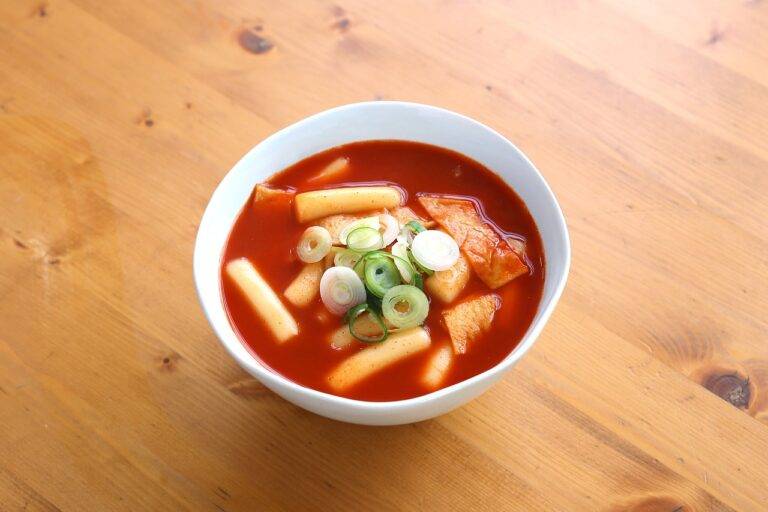The Cultural Significance of Food in Literature and Film
Food serves as a powerful tool in literature and film to depict social class distinctions among characters. The types of food consumed, the manner in which it is prepared and presented, and the settings in which meals take place all contribute to conveying the socioeconomic status of individuals within a narrative. Through food, authors and filmmakers can subtly highlight the disparities in wealth, privilege, and access to resources that exist between different social classes.
In many literary works and films, food is used not only to showcase social class but also to explore the themes of power dynamics, inequality, and societal norms. The act of sharing a meal, or lack thereof, can reveal the power struggles and tensions that exist between characters from different social backgrounds. Additionally, the quality and quantity of food available to characters often reflect their social standing and the opportunities or limitations they face based on their socioeconomic status.
Depictions of Food as a Symbol of Identity and Belonging in Cultural Narratives
In many cultural narratives, food serves as more than just sustenance. It acts as a symbol of identity, reflecting the traditions, values, and history of a particular group or community. Through the depiction of food in literature and film, storytellers convey the importance of culinary practices in shaping individuals’ sense of belonging and connection to their cultural heritage.
The choice of specific foods, the way they are prepared and consumed, and the significance attached to them all play a role in illustrating characters’ identities and relationships within their cultural context. Whether it’s a special dish prepared for a celebration, a traditional meal shared with family, or a recipe passed down through generations, food serves as a powerful tool for portraying characters’ cultural backgrounds and their sense of belonging to a particular community.
How does food serve as a symbol of social class in literature and film?
In many cultural narratives, food is used to signify social class through the types of dishes consumed, the way in which they are prepared, and the settings in which they are enjoyed. This can include elaborate feasts to denote wealth and luxury, or simple, humble meals to represent poverty.
Can you provide examples of how food is used to symbolize identity and belonging in cultural narratives?
Certainly! In many cultural narratives, specific foods or cuisines are used to represent a character’s cultural background, heritage, or sense of belonging to a particular community. For example, a character may be depicted cooking traditional dishes from their homeland to showcase their cultural identity and connection to their roots.
How does food play a role in shaping characters’ identities in literature and film?
Food can be a powerful tool in character development, as the types of foods characters choose to eat, prepare, or share with others can reveal their values, beliefs, and personal history. For example, a character who consistently cooks meals from their childhood may be portrayed as nostalgic or family-oriented.
Why is food such a universally recognized symbol of identity and belonging in cultural narratives?
Food is a universal necessity that transcends cultural boundaries, making it a powerful symbol of identity and belonging in cultural narratives. The act of sharing a meal with others can create a sense of community and connection, while the types of foods consumed can reflect a person’s cultural heritage and traditions.





